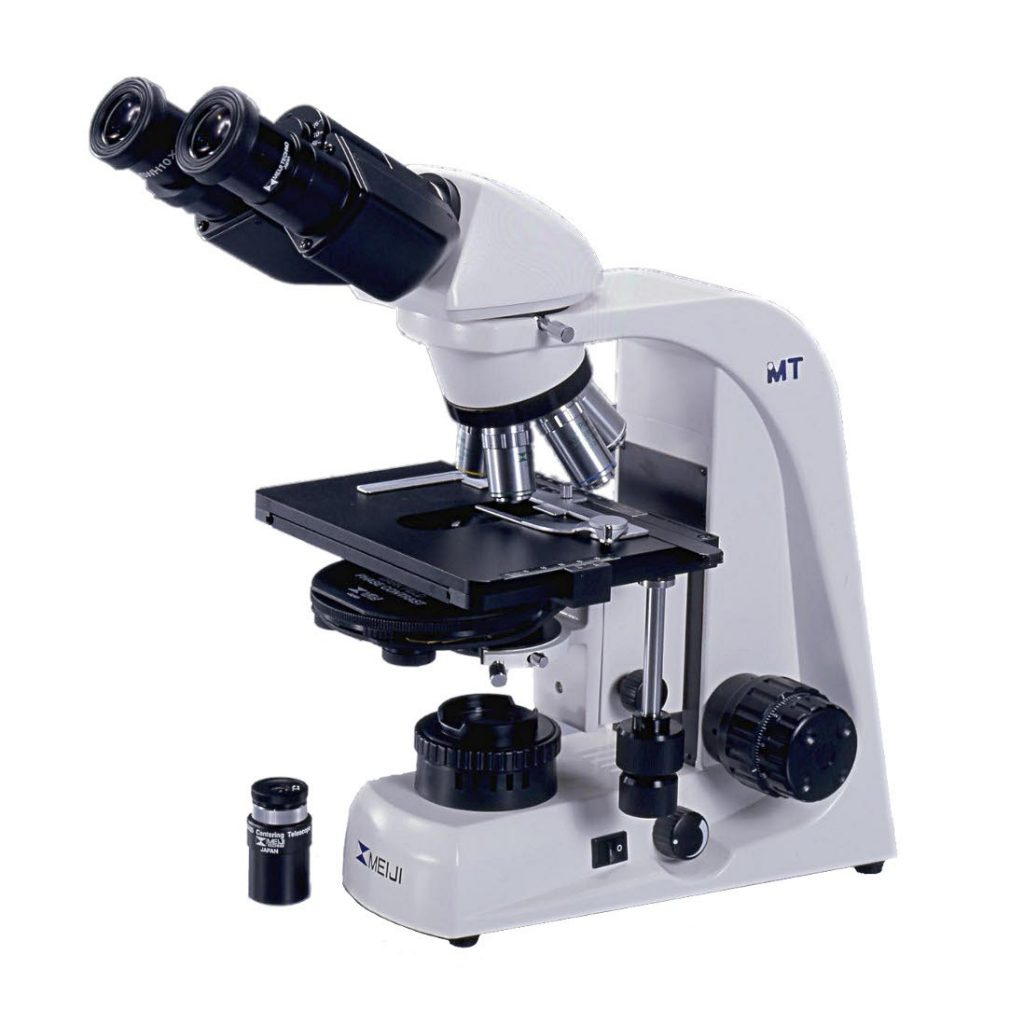Live Blood Analysis

Live Blood Analysis is a very simple yet powerful health screening method using Dark Field Microscopy. A very small sample of blood, which can be obtained from finger picking, contains live cells which can be examined through a computer monitor. With an interpretation of an expert, live blood analysis can tell a numerous number of information about the subject, including the property of the red blood cell, residual body such as heavy metal like mercury. Some of these predict disorders which do not present as a visible symptom. Because the bloodstream supplies all of our cells with vital nutrients and substances at all time, a prediction of disorder is possible from its analysis.
Live Blood Analysis is a common tool of health screening in preventive medicine, since method is a real time analysis and can be used to indicate health risks of several organ systems, including the digestive system, liver function, immune system, deficiency vitamins and minerals, imbalance of hormone level, oxidative stress, immune function, and many more which are able to predict the probable cause of degenerative diseases, such as atherosclerosis and cancer. With the right diagnosis, you can plan the optimal treatment for your health.
There are several advantages of Live Blood Analysis over conventional screening methods. First, the patients get to see their live blood sample at the same time as the analyst. The screening takes very little time, usually about 5 minutes, which is very convenient. The obtained result can be a preliminary baseline for the patient to know how to take care of their health for the prevention of potential disorder and thus the patient can achieve better quality of life.

In a healthy individual, the sample blood should contain round and equally distributed red blood cells. The blood fluid, or plasma, should appear clear, containing very few visible oil droplets or other residues. A number of white blood cells can be found in the blood sample. A sample with such characteristics can efficiently transport oxygen and nutrients to every cell in the body through the circulatory system. However, if some abnormalities are detected, for instance, irregular shape and distribution, they can be signs of health risks.
